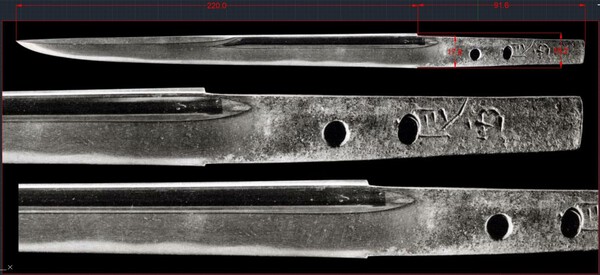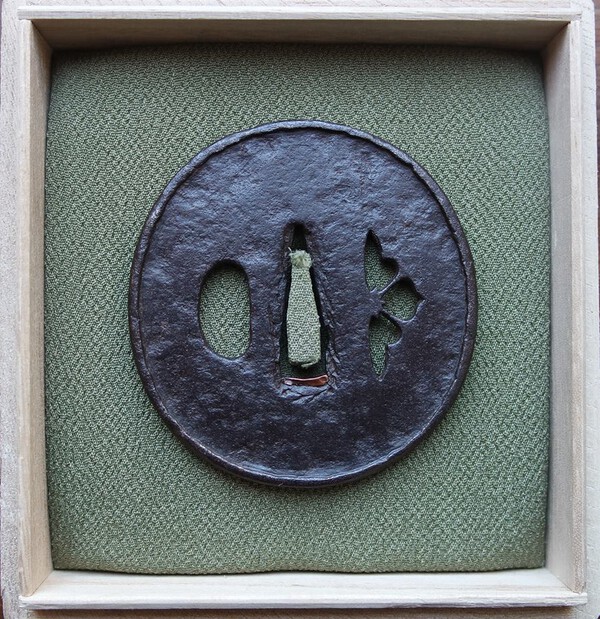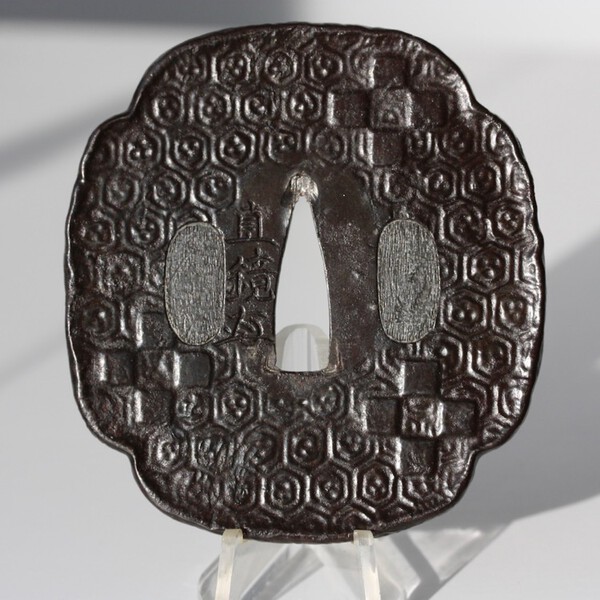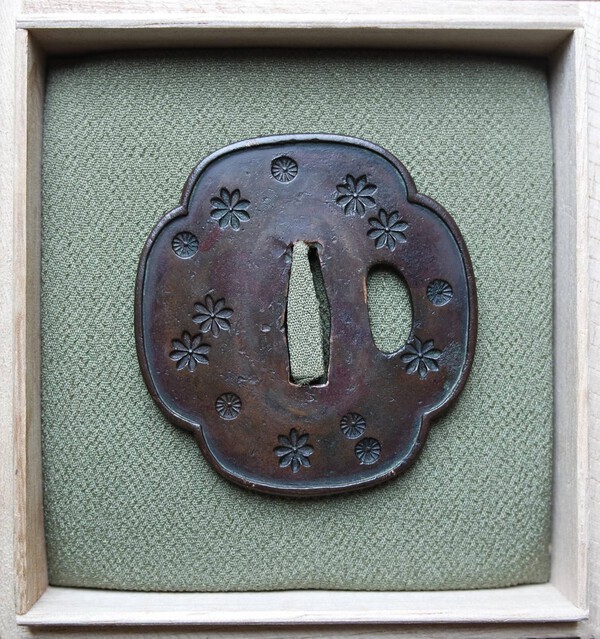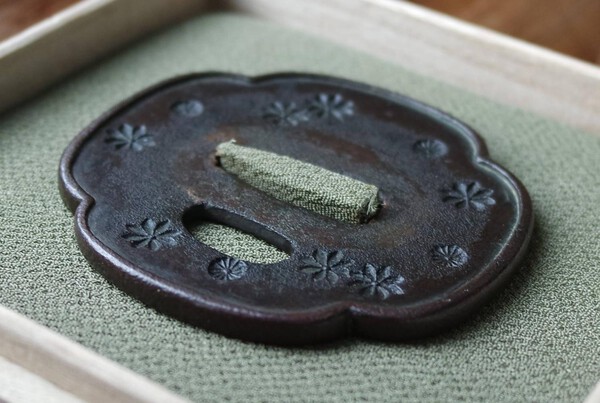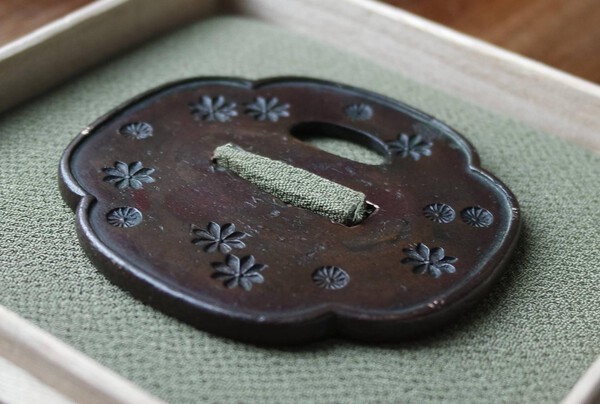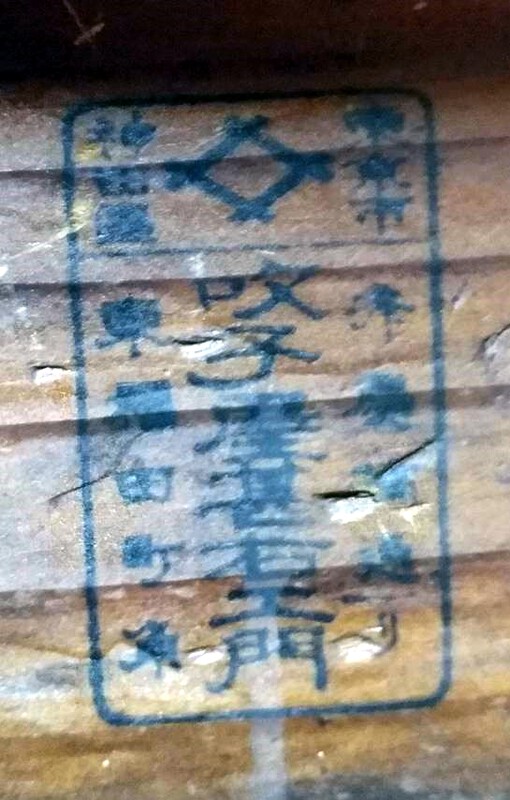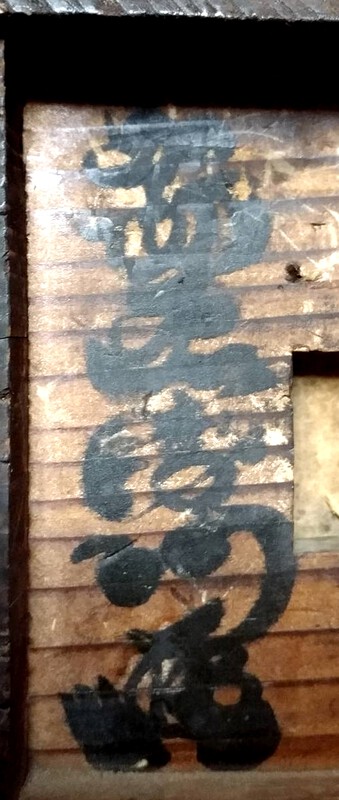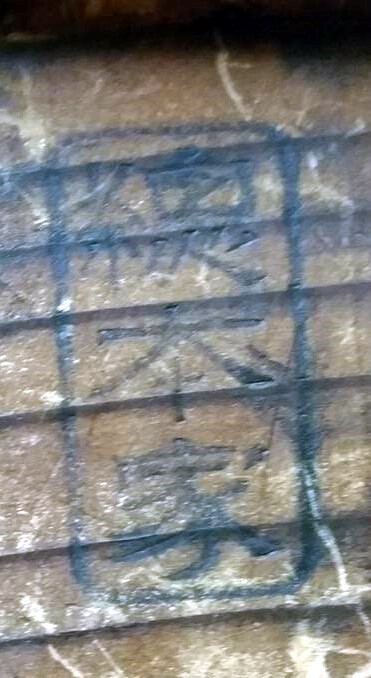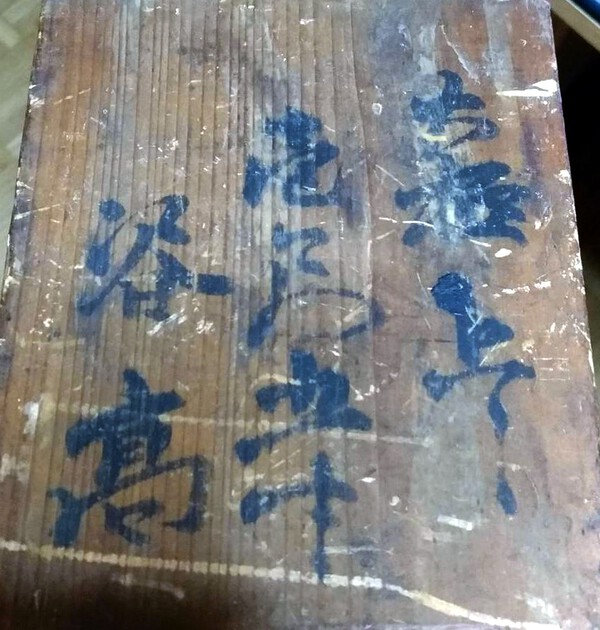-
Posts
490 -
Joined
-
Last visited
-
Days Won
11
Content Type
Profiles
Forums
Events
Store
Downloads
Gallery
Everything posted by C0D
-
大泉住小松正重作 Oizumi ju Komatsu Masashige saku 安政.... Ansei....
-
-
i guess then only someone with a juyo blade that can actually measure it with his hands could solve this mistery, tho to me this situation is really bothering (probably cause i work in the mechanical industry), how hard can it be to use a caliper??
-
and another one, this one is a katana from https://www.aoijapan.com/katana-bizen-suke-fujiwara-munetsugu-saku30th-nbthk-juyo-paper/ Aoi's measures: Blade length(nagasa) : 72.0 cm or 28.34 inches. Width at the hamachi : 3.20 cm or 1.25 inches. Width at the Kissaki : 2.50 cm or 0.98 inches. Juyo paper's: Nagasa: 72.0 Motohaba: 3.05 Sakihaba: 2.2 here's my measure from the scan: Now appears clear to me that they measure from ha to the base of mune, not like i always been told from ha to the top of mune
-
Another visual example, in this one all measures are exact, except if we take the motohaba till the top of mune instead of base: Shintogo Kunimistu - Juyo Token Nagasa: 23,1 cm Moto-haba: 1,85 cm Nakago: 9,85 cm
-
Another example https://www.aoijapan.com/wakizashi-iga-kami-kinmichi-48th-nbthk-nbthk-juyo-paper/ In the Juyo paper we read moto-haba 3, according to Aoi is 3.4 cm
-
well 2 mm on 19 is more than 10% error, not so slight difference
-
Sorry for the late reply Jussi, i was looking for a good example. This is a famous tanto by Ryosai, it's also been proposed as kantei by NBTHK with the following dimensions: Type: tanto Length: 7 sun 2 bu (22. 0 cm) Sori: slight uchizori Motohaba: 5 bu 6 rin (1.7 cm) Motokasane: 2 bu 1 rin (0.65 cm) Nakago length: 3 sun 4 rin (9.2 cm) Nakago sori: very slight This is what i measure from the scan took from http://www.sho-shin.com/sai.htm Even considrering a conversion approximation and a possible parallax error from the picture the difference is too obvious for me, especially the other dimensions are much closer to what NBTHK states
-
http://www.intk-token.it/forum/index.php?showtopic=9345
-
Museo d'Arte Orientale, Venice http://www.intk-token.it/forum/index.php?showtopic=9368
-
The brass inlays would probably classify it as Heianjo, tho the look and the wheel design reminds of ko-katchushi. Anyway a nice old one, late Muromachi seems a good guess to me
-
Recently i been studying some Juyo papers and i found out something odd, it seems that NBTHK considers the measure of motohaba from the ha to the base of the mune, not like i've always been told, from the ha to the top of the mune. In some older paper it appears to be as mine, but in last years seems something changed. Did someone else notice that too? Or have an explanation?
-
Masatada left the work at the shrine in 1942 due to illness and died in 1944. Hayakawa Mikio was on Nagato in 1943
-
兼定 Kanesada
-
Many of my tsuba have a wabi-sabi feeling since i mainly study pre-Edo pieces. Here's two good examples, one is most likely a Saotome tsuba of early Edo and shows a more "classic" feeling, while the second a Nobuie utsushi by Naoaki shows a more refined taste.
-
koshirae is not made by him "Iimura Kasyo: He was born at Meiji 34, November 3rd. After that he studied under the Honami Ko-son and also a son of the Miyata Kiyonobu for making Koshirae and fittings. He got the Yusyu syo prize, Ministry of Edocation prize, The best honor president prize at the war time. He also published Tken Yoran, Shinto taikan and also Shinshinto taikan. He made many Koshirae but in case of high ranking Koshirae, he put the name on the Koshirae like this item. The Koshirae is the top ranking sold gold Koshirae and it is well matched for Gassan Sadakatsu."
-
Signature says 藤原宗長 Fujiwara Munenaga, several smiths with that name, without seeing more of blade hard to tell more
-
Interesting variation, looks almost it has some ko-Umetada influence
-
The kiri mon is the mon of the Toyotomi clan, now used as the emblem of the Japanese Government.
-
I think is safe to say late Muromachi/Momoyama. I have one which probably comes from same school or even author.
-
Welcome, me and Francesco were in your shop few weeks ago and had a great time with Karita Naoji san and his wife. Manuel
-
EMURA (江村), Shōwa (昭和, 1926-1989), Okayama – “Chōunsai Emura saku” (長運斎江村作), “Emura saku” (江村作), “Bishū Chōunsai Emura saku” (備州長運斎江村作), “Doshū Chōunsai Emura saku” (土州長運斎江村作). Emura came originally from Kōchi (高知) what was the former Tosa province and was from aroud 1940 onwards the head of a prison in Okayama (岡山). He returned to Kōchi in 1943. His gō was Chōunsai (長運斎). In the prison, he operated a forge and a kind of swordmaking school that trained several students. These students in turn worked from time to time as daisaku-daimei for him. It is said that he was a self-taught swordsmith and we know reports that mention that his blades were polished by prisoners. He signed the left radical (氵) of the character for E (江) as curve like ( and the character for mura often like the hiragana syllable o (お). Emura died in 1960.
-
Thank you very much Steve! Quite interesting i never heard of a fuigo company before, i always thought this kind of things would be artigianal made, you never stop learning
-
During my last trip to Japan i bought at a flea market a small fuigo, dated Taisho era. It has other writings and stamps but i'm having trouble translating them, so if someone can help me maybe i can also figure out who was using this before.
-
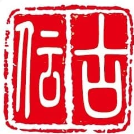
For Sale Authentic Rare Signed Ww2 Japanese Katana
C0D replied to cmonster's topic in For Sale or Trade
The signature seems TERUHIDE (輝秀) not NOBUHIDE to me






